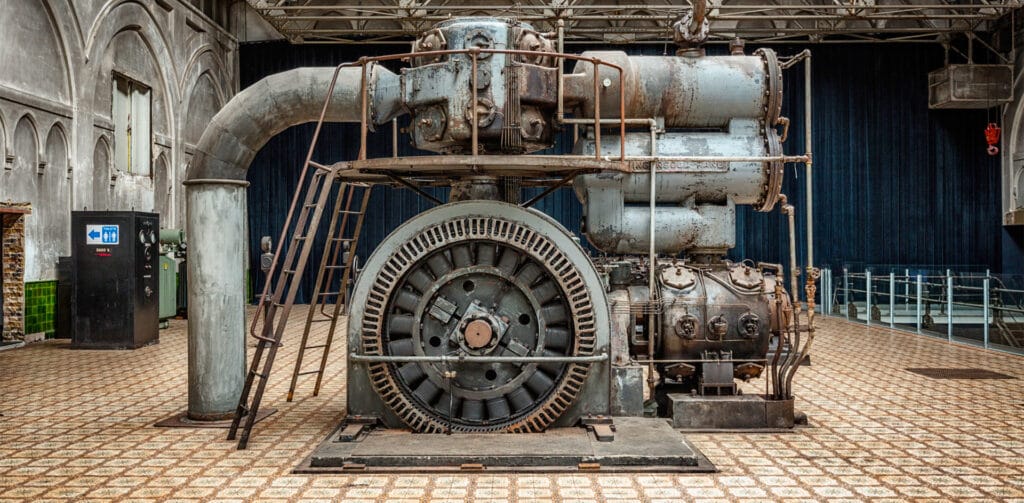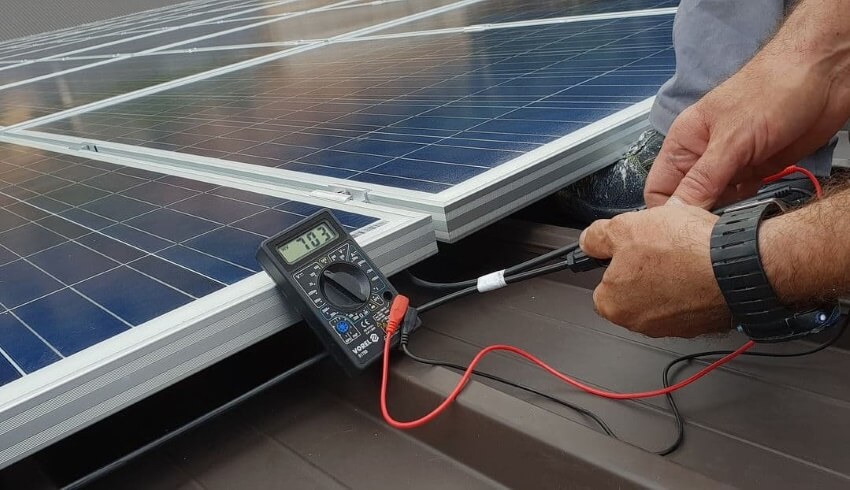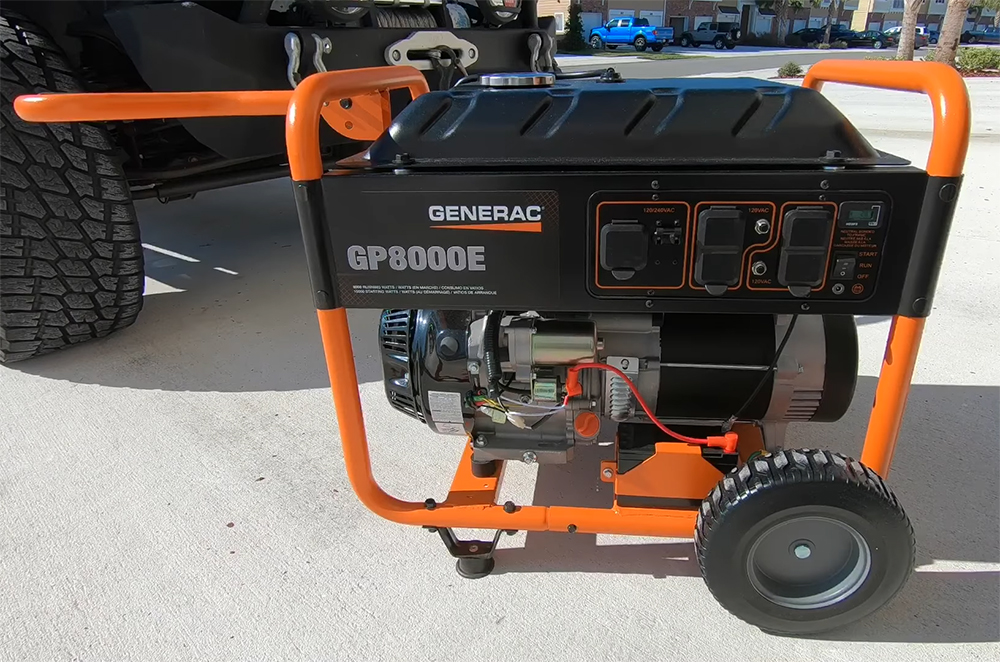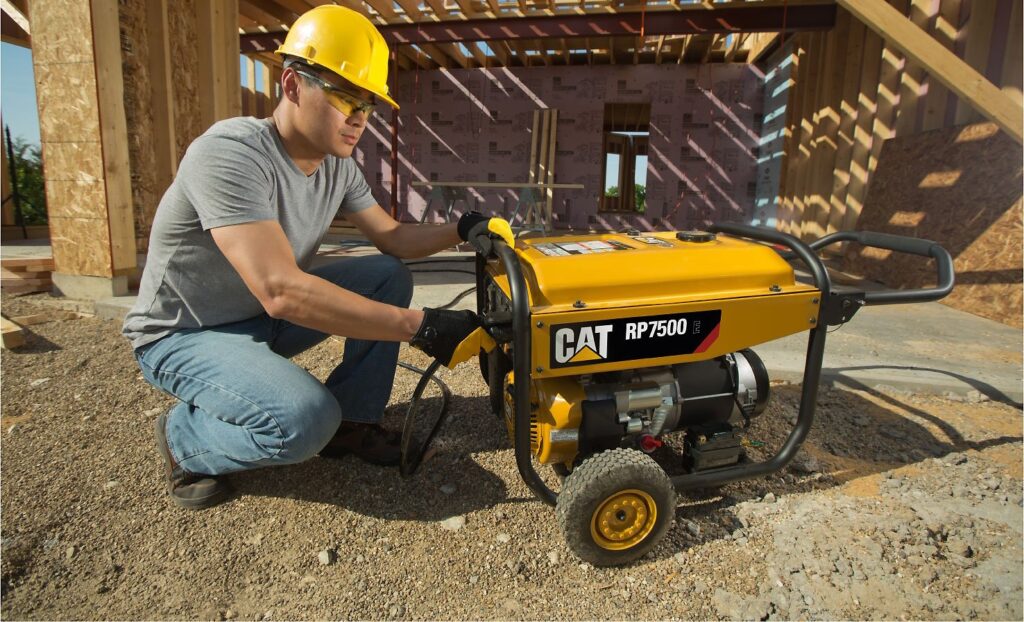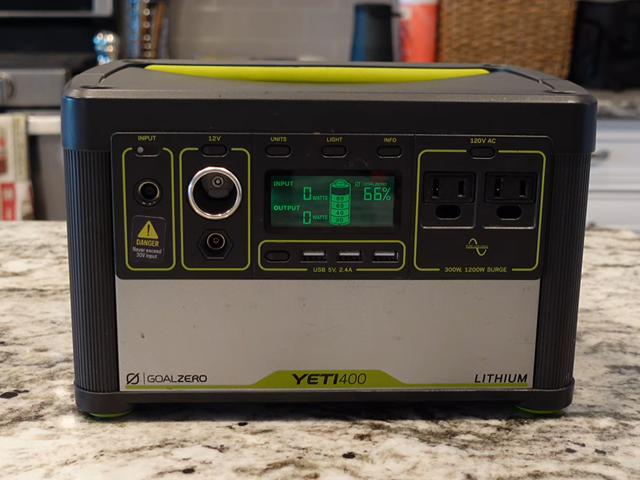
An overloaded generator is something you want to avoid as a user. However, if you don’t have enough information by the time you buy the device, an overload can happen at any time. In older generator models, you’ll find that the machine will work through the overload as if nothing happened. However, given the adverse effects of running like this, modern Honda, Generac, and practically every other new generator model is fitted with an auto-shutoff feature that activates in case of an overload. This is where information on how to fix an overloaded generator comes in because, without it, you can’t get the device to run. Fortunately, we give in-depth details of how to troubleshoot and fix the problem below.
Notably, the signs that your generator model is overloaded overlap from model to model because they’re more or less designed the same way. Modern generators, as we mentioned above, have circuit breakers for this eventuality. As such, the moment it’s overloaded, the circuit breaker will trip, and your device will go off. Sometimes there’s an indicator light to show the machine is overloaded or the breaker has been tripped.
Nonetheless, older model generators don’t have this feature built-in and will thus keep running and providing less power to each appliance. According to Energuide Trusted Source How do I protect my appliances against power failures or power outages? – Energuide In case of a power failure or a mains power outage, some devices and appliances will malfunction. In that case, any damage is your own responsibility. Thankfully, damage can be largely avoided. www.energuide.be , this forces the appliance to increase the amperage, leading to overheating. The result is melted internal components. This is why a breaker is almost always included in new generator models.
Notably, you can still tell if an older generator is overloaded by the sound of the engine and fans. This is why it makes sense to familiarize yourself with how your generator sounds while it is still new, 100% functional, and not overloaded. That way, if there’s a change in the sound output, you know something is amiss.
Generally, the change in sound is caused by the device trying to produce more power than it’s rated for to match the current needs of the household. Also, a struggling generator engine will produce more heat when trying to keep up with the higher power demands.
This leads us to the third sign that your generator is overloaded. Your device will be running a lot hotter than usual, and the incorporated cooling fans will be unable to keep up. Lastly, in some models, there will be increased exhaust output and soot.
Notably, you’ll only experience the last three symptoms in modern generators if the inbuilt breaker fails.
Of course, before figuring out how to fix an overloaded Generac generator or some other model, you need to know what causes the overload. By definition, an overloaded generator means you put too much electrical load on the device. The only way to do this is to connect more appliances than your device can handle.
Manufacturers indicate just how much power a generator can output, and you can find this information even before you buy a particular model. One example that users and reviewers recommend is the Generac 7678 GP3600 because it has proven reliable for home use in case of a power outage. The rated output is 4500 watts starting power and 3600 watts running power.
Consequently, in the example of the Generac machine, if the starting power needed for all your appliances is 4501 watts or higher, that would cause an overload. Also, if the required running power is 3601 watts or higher, that causes an overload as well.
This is why you have to look at your home appliances’ requirements in terms of the starting and running power required. Once you’ve tabulated that, you can then buy a generator that matches your home profile.
Once you’re certain the generator is overloaded, here’s how to troubleshoot and correct the situation. Start by disconnecting all electrical appliances connected to the generator. Then confirm the rated power requirements of your appliances so you know if the machine was actually overloaded before the breaker was tripped or not.
If not, it may be indicative of another issue. Nevertheless, if you can confirm that it was indeed an overload, you can restart the generator. Typically this will involve pressing and holding the machine’s reset button for more than one second.
Once the device is back on, you reconnect your appliances one at a time while observing for signs of an overload. That said, you only do this if your overload indicator light stays off. If it turns back on after the reset, it means your generator has issues, and you need a professional’s help to fix them.
There’s also the possibility of your device shutting down and seeming overloaded even when there’s no appliance attached. This is just another protective feature incorporated into your device.
Notably, generators aren’t supposed to run with no load since they produce power that has nowhere to go. As such, running it like this can cause long-lasting and even permanent damage making the device unusable.
Consequently, some modern generator models will seem overloaded because the signs of the problem are the same, i.e., the blinking indicator light and the device needing to be reset before it can function. The troubleshooting process is the same as what we highlighted above. That said, do make sure that you connect some appliances the second time around.
Overloading your generator is completely avoidable, and here’s how to do it. First, get a sufficiently powered machine that matches your use requirements. That way, you won’t have to disconnect some to keep the generator running.
If you can’t only connect the appliances that you know the device can handle. This will involve calculating the power needs of your appliances so you can keep your generator running under the limit. Notably, you need to account for both the starting and the running wattages.
If you can get a generator with an automatic voltage regulator, go for it. According to Circuit Globe Trusted Source What is Automatic Voltage Regulator? Meaning, Working Principle & Applications - Circuit Globe The automatic voltage regulator is used to regulate the voltage. It takes the fluctuates voltage and changes them into a constant voltage. The automatic voltage regulator works on the principle of detection of errors. It controls the voltage of the system and has the operation of the limit nearer to the steady state stability. circuitglobe.com , these regulators change fluctuate voltage into constant voltage since the former can damage a power system. Consequently, generator models with AVR are much harder to damage or overload since they self-adjust to match changes in voltage.
Also, check on the condition of the breakers and fuses you’re using from time to time. They might be damaged, which means they won’t shut down the machine when needed. This is where replacing the breaker comes in. According to most reviews, the YiYuanG Circuit Breaker works well as a replacement breaker for Coleman Powermate gas generators if the one in your machine is damaged.
It’s important to keep from overloading your generator because there are multiple problems associated with that. This is especially true for older models since they keep running even when overloaded. One potential issue caused by an overload is something we mentioned above which is the damage to appliances. Of course, this will bring with it the cost of repair and or replacement.
Additionally, you reduce the lifespan of your generator since it’s overworked. Also, if it overheats enough, there’s the risk of a fire. Nevertheless, the information on how to fix an overloaded generator included above may come in handy during your ownership period, so it’s important to have it.
